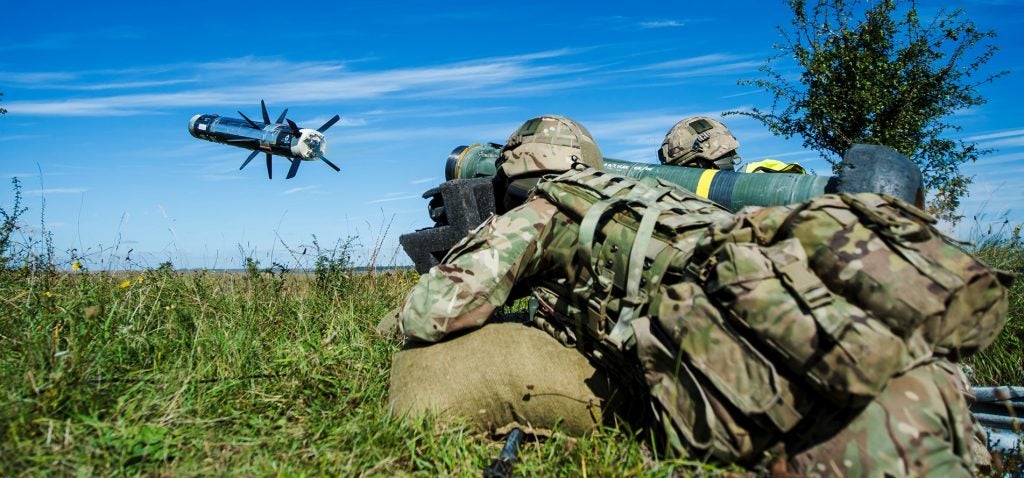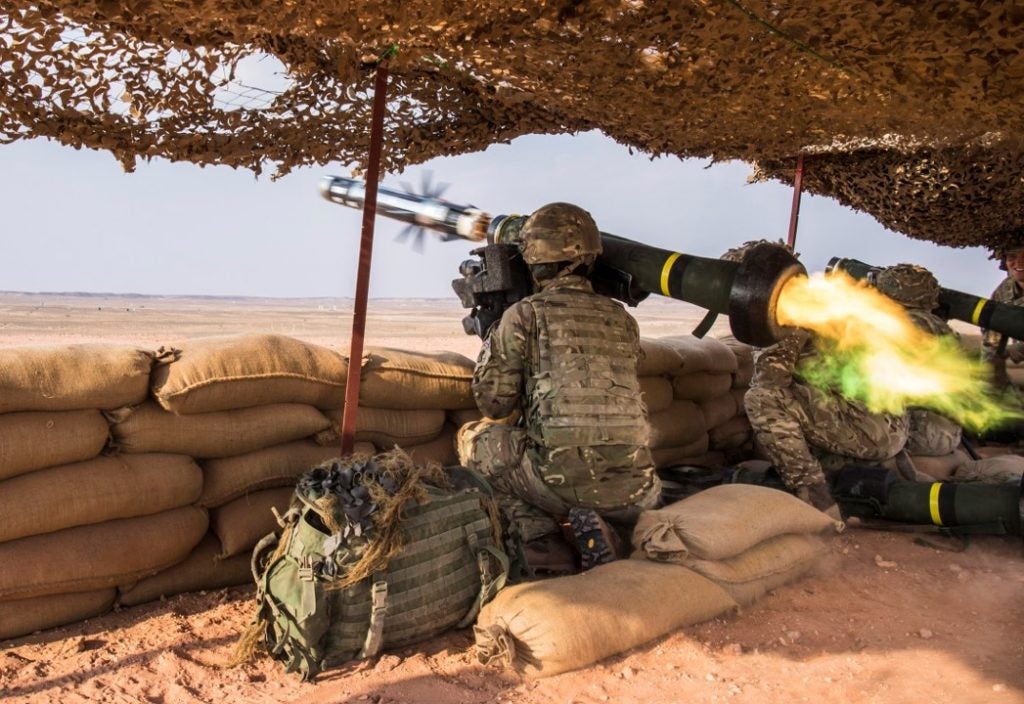British Defence Science and Technology Laboratory Outlines Anti-tank Project Details
The British Defence Science and Technology Laboratory (DSTL) is seeking to improve on British army anti-tank (AT) capabilities. By 2030, the lab’s Battle Group Organic Anti-Armour (BGOAA) project aims to develop AT capabilities which are both more capable than their predecessors and cheaper due to a focus on interchangeability of various launch systems.
Lieutenant Colonel Mike Baxter explained the importance of the program:
“[Current] systems were designed in the 90s and 00s, typically as dismounted systems and not optimized for fire-on-the-move. […] BGOAA takes the experience of the last few years with the aim of providing accurate, long-range engagement capabilities down to the section level against armored and non-armored targets, It also keeps in mind the potential for state-on-state or peer-on-peer conflict and the great power competition that seems to be making a comeback in world dynamics. We still need to have lethality against armored systems because, although not all may be top of the range vehicles, there is a prevalence and a proliferation of armor, right down to some relatively less well-developed nations”
The program focusses on three main areas:
- Close Combat Anti-Armour Weapons (CCAAW)
- Close-In Self Defence (CISD)
- Mounted Close Combat Overwatch (MCCO)
The CCAAW sub-program is meant to replacing the aging Javelin with a new missile which can be launched from both mounted and dismounted platforms. One of the major objectives DSTL is striving for is to double the weapon’s range over its predecessor of which the most advanced variant can be fired at targets nearly five kilometers away. Moreover, the lab is attempting to develop a capability to fire the weapon at targets beyond line-of-sight although details pertaining to how this is to be achieved are scarce.

The CISD on the other hand is meant to succeed the Next-generation Light Anti-Armour Weapon (NLAW) and Anti-Structure Munition (ASM). The system is meant to be highly flexible in terms of where it can be deployed and once again is expected to have significantly greater range than older systems. However, the lab has not yet decided whether the optimal solution will be to procure one or two CISD systems and whether the focus should be on anti-tank warfare exclusively or on providing a more flexible system.
Finally, MCCO is being planned to provide the longest-range capabilities; to engage targets well over 10 kilometers away. Missiles weighing from 50 to 80 kilograms are currently being considered and DSTL is currently working closely with three companies: Lockheed Martin, MBDA and Thales. Some of the concepts being considered include unmanned vehicles carrying missiles in a vertical launch system which carries 36 missiles and a remote turret which may be added onto existing platforms.

